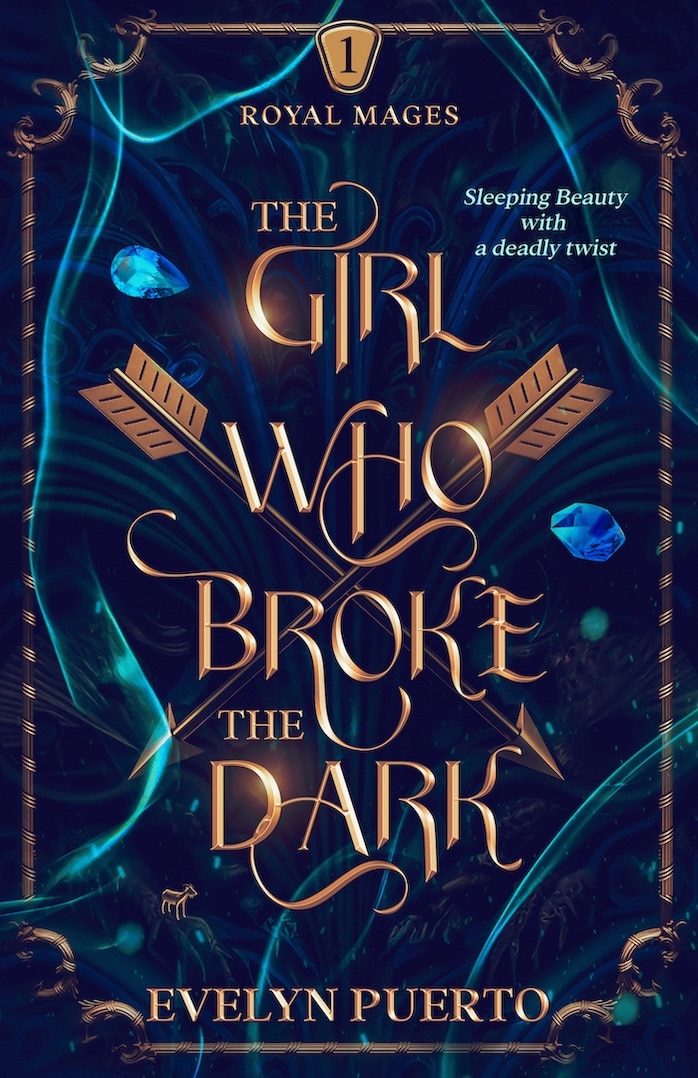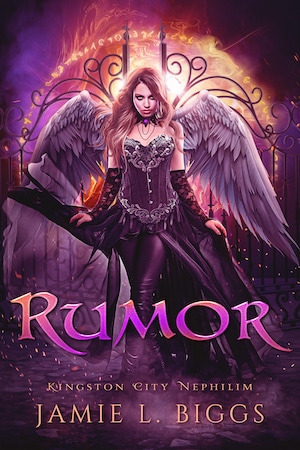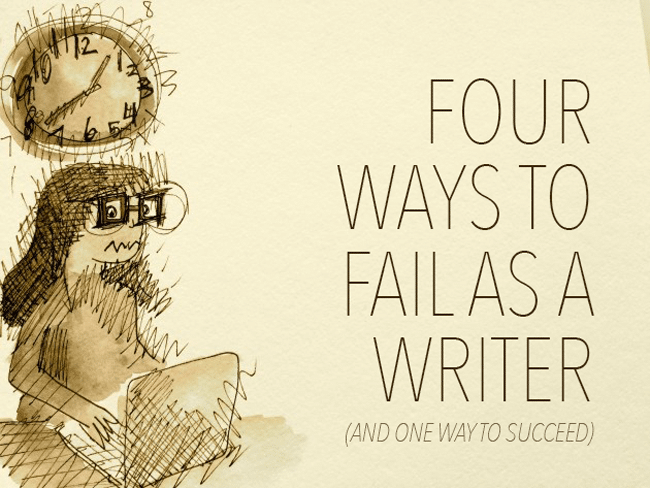
by Pamela Fernuik |
This is where I admit I am a fool and I tell you that I wrote my story at midnight the night before my column on The Write Practice was due.
If you want to set up your writing for failure, I know how.
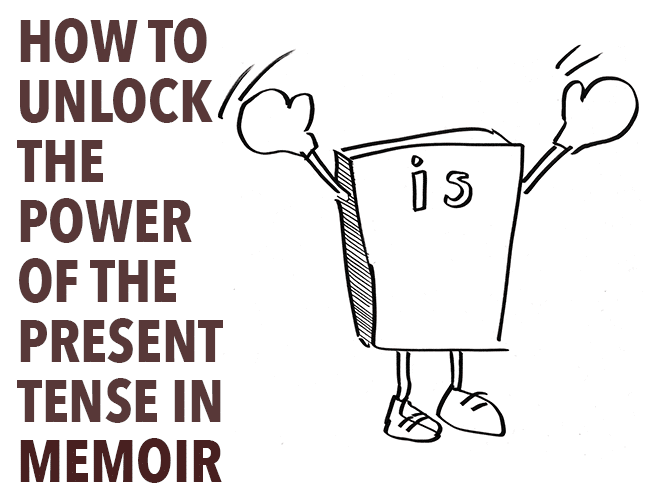
by Pamela Fernuik |
Memoir is about something that happened in the past. You can write the story in the past tense. Or you can write the story in the present tense, as though it is happening now.
There is power in the present tense. Have you considered using it as you write about the past?
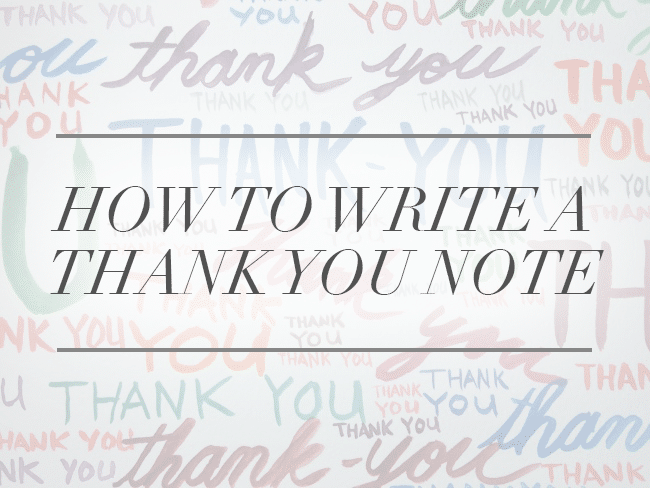
by Pamela Fernuik |
Handwritten notes are like sending a hug through the mail. They have personality and character, attributes a computer screen will never have. Let me show you why, when, and how to write a thank-you note.
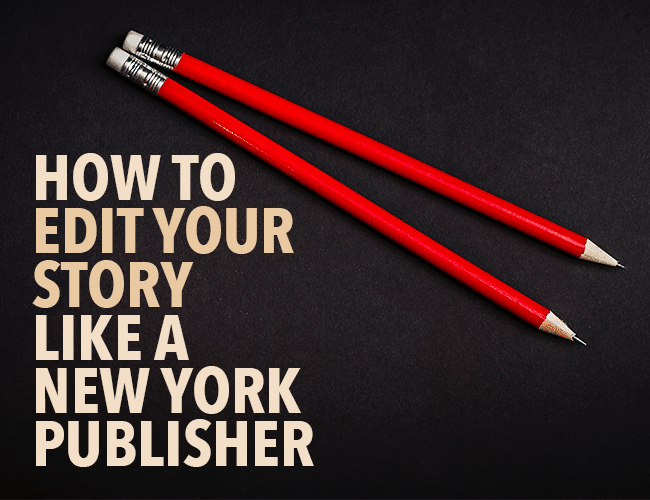
by Pamela Fernuik |
You have finished writing the first draft of your story, a version of your whole story from beginning to end. Now it is time to edit, to revise your words to make your story clear and compelling, so the reader will continue reading after the first sentence.
Editing your story might feel like an impossible task, but when you have a strategy to use, you can be confident you can edit your own story and improve your writing.
Whatever you do, do not skip the important step of editing your first draft. According to David Remnick, the editor of The New Yorker, “Revision is all there is.”
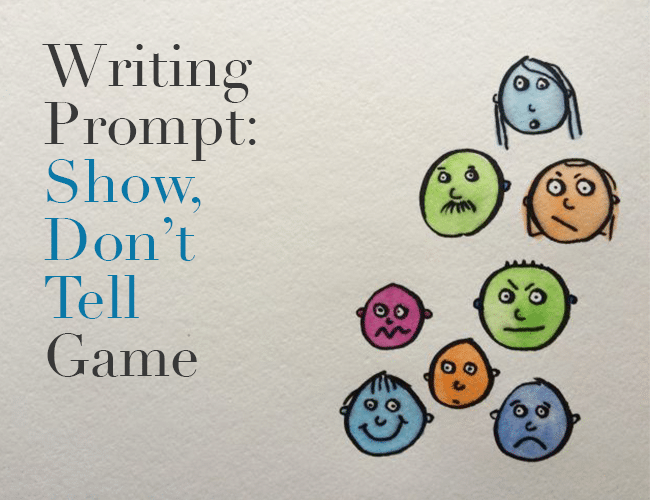
by Pamela Fernuik |
In grade school, your teacher had Show and Tell. You brought your stuffed Teddy Bear to class to show your class the bear, and you told them how your Teddy Bear came alive at night and fought the monsters under your bed.
If you wrote a story about the Teddy Bear fighting the monsters under your bed, you could say, “I was scared,” or you could show your fear. Today, we will play a Show, Don’t Tell Game to practice showing and not telling.





